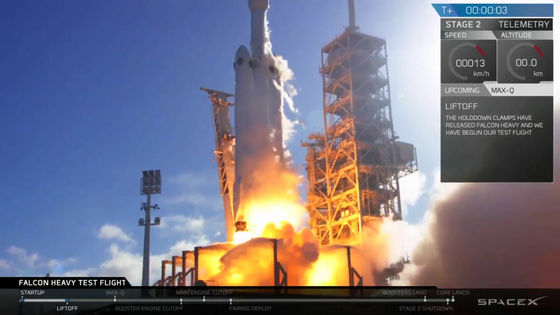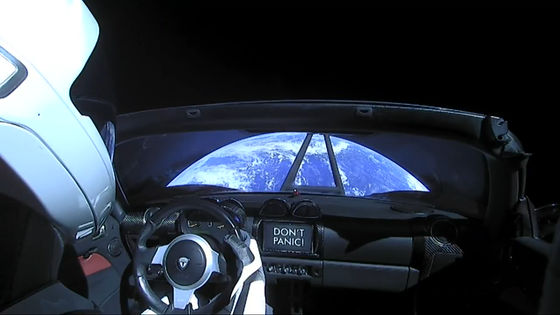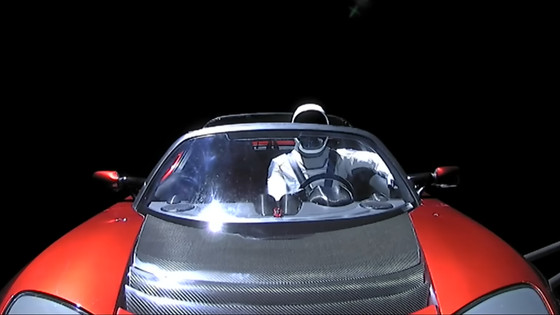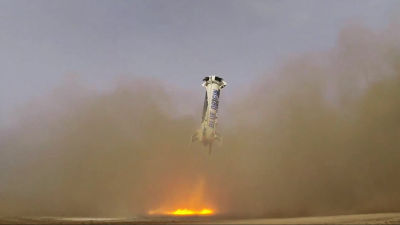Asteroid discovered was revealed to be Elon Musk's Tesla Roadster and was cancelled

On January 2, 2025, the Minor Planet Center (MPC) of the Harvard-Smithsonian Center for Astrophysics in Cambridge, Massachusetts, announced that it had discovered a new asteroid, naming it '2018 CN41.' This asteroid was said to be a near-Earth object (NEO) orbiting within 150,000 miles (about 240,000 km) of Earth, but after the announcement, it was discovered to be a car, not an asteroid, and the registration was cancelled.
MPEC 2025-A49 : EDITORIAL NOTICE: DELETION OF 2018 CN41
https://minorplanetcenter.net/mpec/K25/K25A49.html
An asteroid got deleted because it was actually Elon Musk's Tesla Roadster
https://www.astronomy.com/science/astronomers-just-deleted-an-asteroid-because-it-turned-out-to-be-elon-musks-tesla-roadster/
The Harvard-Smithsonian Astrophysical Observatory Minor Planet Center is an organization that observes and reports on new asteroids, comets, and other small celestial bodies in the solar system. The asteroid announced this time was identified by an amateur astronomer in Turkey using software he developed himself, and was discovered while searching for asteroids and small celestial bodies through astronomical observation information made public by observatories around the world.
Astronomers calculated an orbit that would fit the observations and found that the object's minimum orbital crossing distance from Earth is very small, meaning it approaches Earth's orbit and has the potential to become a near-Earth object.
Astronomers were delighted by the unexpected discovery and reported the object to the MPC, which accepted the report and recognized it as an asteroid.
However, astronomers began to have doubts after seeing a 3D orbital diagram on the MPC website. They noticed that the orbit of the discovered object resembled the orbit of a spacecraft heading to Mars using a Hohmann transfer orbit , so they investigated the days when it would be closest to Earth and the days when it would be closest to Mars to see if they could be associated with known interplanetary missions.
As a result, the astronomers realized that the object they had discovered was the first stage of the Falcon Heavy, which had been launched from the Kennedy Center in Florida in February 2018.
SpaceX's super-large rocket 'Falcon Heavy' successfully launched, realizing the sci-fi world of an open car aiming for Mars - GIGAZINE

The Falcon Heavy was carrying a cherry red Tesla Roadster. The Tesla Roadster is owned by SpaceX and Tesla CEO Elon Musk, and it had a spacesuit-clad dummy called 'Starman' sitting in it. The Tesla Roadster carrying Starman was scheduled to continue to Mars, but due to the reignition, it accelerated more than expected, and the speed increased too much, passing the orbit of Mars and reaching the asteroid belt.
It turns out that Starman, traveling in space on a SpaceX rocket, is 'speeding' and passes his destination, Mars - GIGAZINE

At the time, MPC was tracking Starman's Tesla Roadster using a routine called ' sat_id ', but it was no longer tracked and the observations were archived by MPC. Furthermore, Starman's Tesla Roadster entered an orbit around the Sun, not the Earth, so there was no opportunity to capture it.
Astronomy, a news site about astronomy, said the incident was emblematic of a growing problem, citing a 'lack of transparency among countries and companies that operate spacecraft beyond Earth orbit.'

'Leaving these craft loose could increase the number of untracked objects, hindering efforts to protect Earth from potentially hazardous asteroids,' said Jonathan McDowell, an astronomer at the Harvard-Smithsonian Center for Astrophysics. 'It could also lead to wasted monitoring effort, and if there are a lot of them, it could hinder statistical analysis of near-Earth asteroids. In the worst case scenario, we could spend $1 billion to launch a space probe to study an asteroid, only to discover it's not an asteroid once we get there.'
Related Posts:







